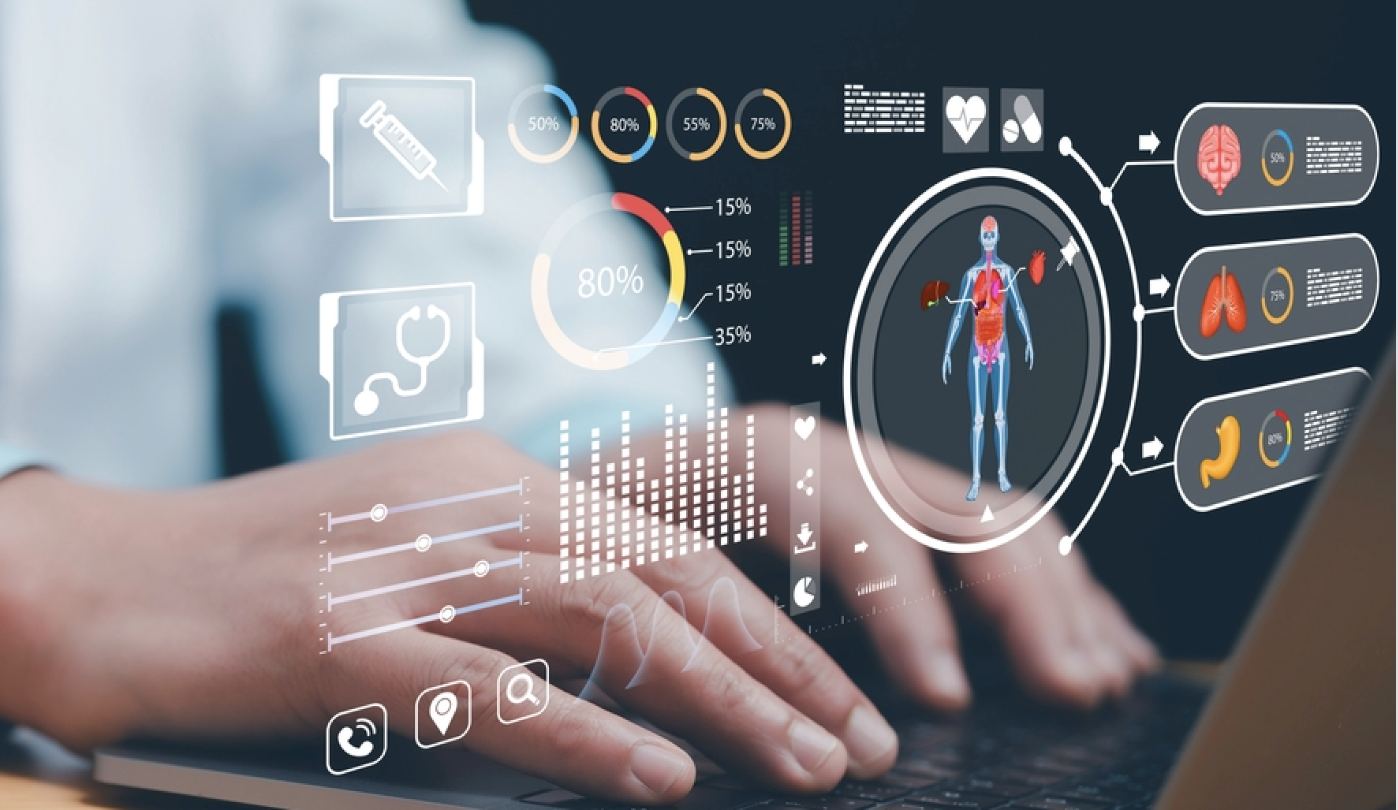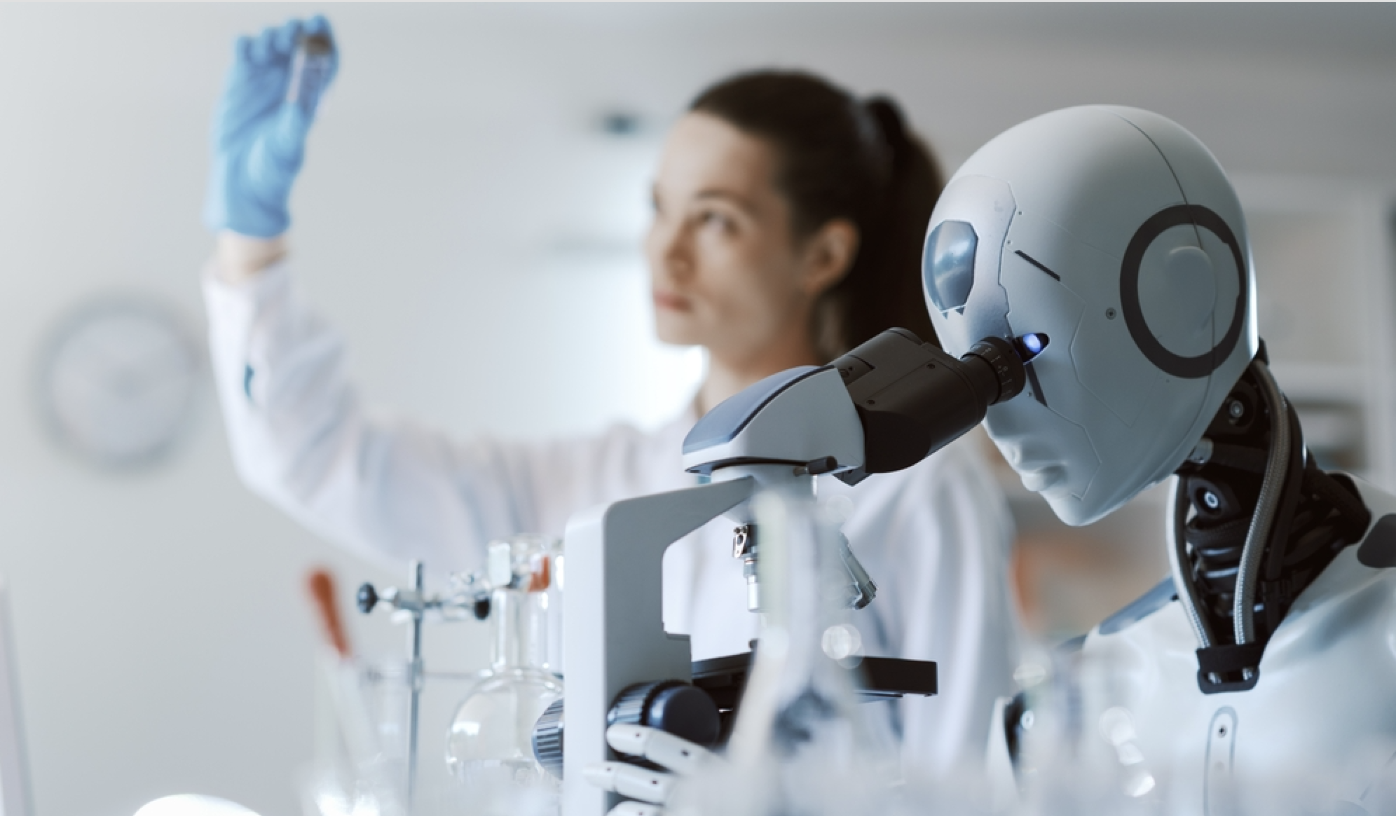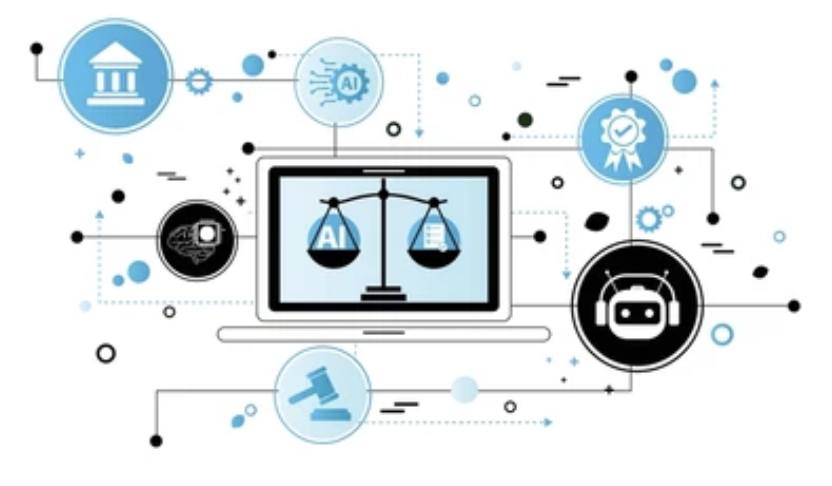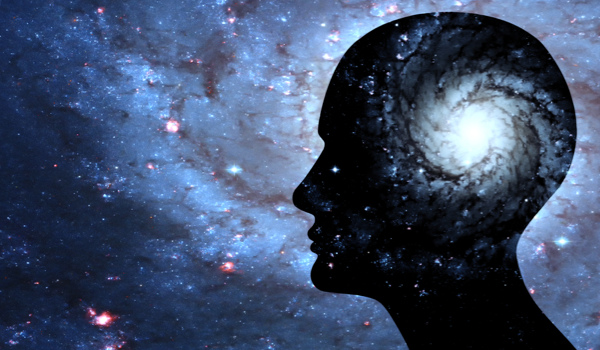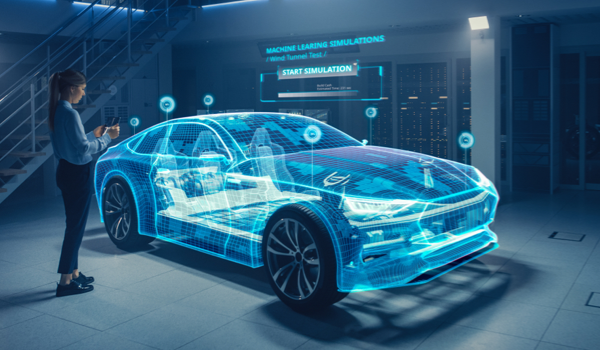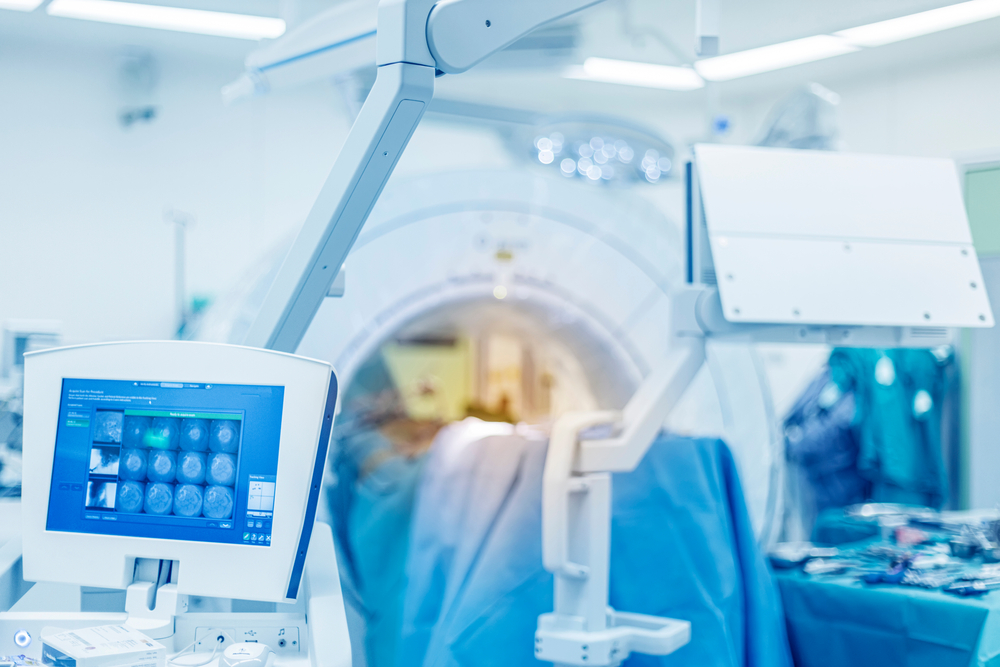


BANGALORE, INDIA - The ever-deepening intertwining of artificial intelligence (AI) and neuroscience is ushering in a new dawn of understanding neural structures and their functions.
The synergy between these disciplines is uncovering many novel insights into brain functionality, which in turn aids in disease diagnosis and fosters therapeutic advancements for patients.
AI is further speeding up neuroscience's research and development process in multiple ways, e.g., by enabling quicker analysis of large neuroimaging datasets - which was previously cumbersome and time-consuming.1 AI-enabled results are also identifying interesting patterns and trends in these datasets, and the tech is particularly relevant in data-intensive domains such as cognitive and computational neuroscience, where the automated processing of real-time cognition analysis by AI generates intriguing insights almost impossible for humans to discover on their own.2 As ongoing newer developments impact change in human behavioral patterns, AI is also playing a significant role in behavioral neuroscience in the real-time monitoring of complex behaviors, in both experimental and commercial settings.3
AI is making its presence felt today in almost all domains of neuroscience in some capacity and is doing so in many ways, some of which are outlined in this article:
Diagnostic precision
When applied to neuroimaging data like magnetic resonance imaging (MRI) or electroencephalograms (EEG), AI-driven diagnostic tools enable neurologists to learn about subtle precursors or etiological reasons for neurological disorders. Such algorithms are trained on vast datasets to recognize patterns associated with difficult-to-diagnose diseases. To understand how this works, one can look at AI-based applications like NeuroQuant, used to quantify brain structure
The content herein is subject to copyright by The Yuan. All rights reserved. The content of the services is owned or licensed to The Yuan. Such content from The Yuan may be shared and reprinted but must clearly identify The Yuan as its original source. Content from a third-party copyright holder identified in the copyright notice contained in such third party’s content appearing in The Yuan must likewise be clearly labeled as such. Continue with Linkedin
Continue with Linkedin
 Continue with Google
Continue with Google








 1369 views
1369 views

